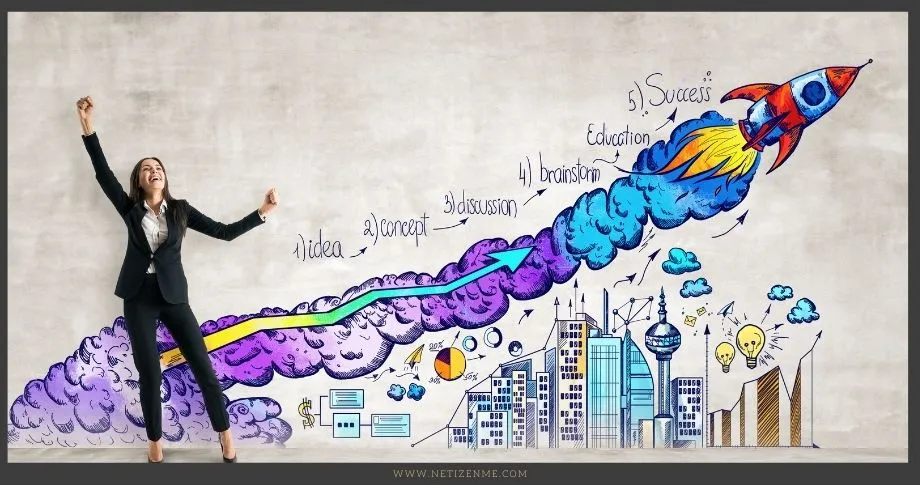The intersection of IS-LM functions is a crucial concept in macroeconomics that sheds light on the relationship between goods and money markets. This blog post will delve into the four distinct areas defined by this intersection. Let’s analyze the behavior of the markets for goods and money for each area.
Demystifying IS-LM Functions: A Comprehensive Analysis of Goods and Money Markets
A liquidity Trap occurs when the LM curve is nearly vertical and intersects the IS curve to the right of the vertical axis. In this case, interest rates are meager, but the output is also low, indicating a lack of demand for goods and services. Monetary policy cannot stimulate the economy because interest rates cannot be reduced further.
Understanding IS-LM Functions:
The interaction between investment and saving (IS) with liquidity preference and money supply (LM). These functions, depicted graphically, illustrate the equilibrium levels where goods and money markets intersect. The four critical areas formed by this intersection provide valuable insights into economic conditions and market behaviors.
Area 1 – Expansionary Region:
This is located where the IS and LM curves intersect. In this area, interest rates are low, and output is high. An increase in government spending or a decrease in taxes can shift the IS curve to the right, increasing output further.
Expansionary Monetary and Fiscal Policy In this area, both the IS and LM curves shift to the right, resulting in increased output and lower interest rates. As businesses expand and investments rise, the market for goods grows, while easy access to money encourages spending and borrowing.
Area 2 – Contractionary Region:
It appears to the left of the IS-LM intersection. Interest rates are high in this area, and output is low. Decreased government spending or increased taxes can shift the IS curve to the left, further decreasing output.
Contractionary Monetary and Fiscal Policy Conversely, Area 2 involves shifts to the left in both IS and LM curves, leading to reduced output and higher interest rates. The goods market contracts due to decreased investment, while the money market tightens with restricted access to funds.
Area 3 – Indeterminate Region:
This occurs when the IS and LM curves do not intersect. In this case, there is no unique equilibrium level of output and interest rates. This may happen if the demand for money is susceptible to changes in interest rates or other factors affecting the economy that are not captured in the IS-LM model.
Expansionary Monetary Policy, Contractionary Fiscal Policy This area sees the LM curve shift to the right, reducing interest rates, while the IS curve shifts to the left, negatively affecting output. Fiscal tightening contracts the market for goods, but the money market expands as monetary policy eases.
Area 4 – Indeterminate Region:
This occurs when the IS and LM curves do not intersect. In this case, there is no unique equilibrium level of output and interest rates. This may happen if the demand for money is susceptible to changes in interest rates or other factors affecting the economy that are not captured in the IS-LM model.
Contractionary Monetary Policy, Expansionary Fiscal Policy In Area 4, the LM curve shifts left, increasing interest rates, while the IS curve shifts right, positively impacting output. The market for goods expands as fiscal policy stimulates economic growth, but the money market tightens due to restrictive monetary measures.
The Four Areas Defined by the Intersection of IS-LM Functions – In Summary:
The IS-LM model helps analyze the interaction between goods and money markets. The IS curve represents the equilibrium condition in the goods market, while the LM curve represents the equilibrium condition in the money market. The intersection of the two curves determines the economy’s equilibrium level of output and interest rates. Therefore, by analyzing the four regions defined by the IS-LM model, policymakers can determine the appropriate monetary and fiscal policies to achieve their macroeconomic goals.
Understanding the four areas defined by the intersection of IS-LM functions is crucial for comprehending the dynamics of goods and money markets in various economic scenarios. In conclusion, the IS-LM framework offers valuable insights into the behavior of goods and money markets, serving as a powerful tool for policymakers and economists alike. As you continue to explore the intricacies of macroeconomics, remember the fundamental role played by the intersection of IS-LM functions in shaping economic landscapes and influencing market behaviors.
Read more about the intersection of IS-LM functions here.
This article is written by:
This article is written and edited by in-house writers and editors. Knowledge Netizen editorial team is committed to providing accurate and informative content. You can cite our articles under the author name "NetizenMe"




